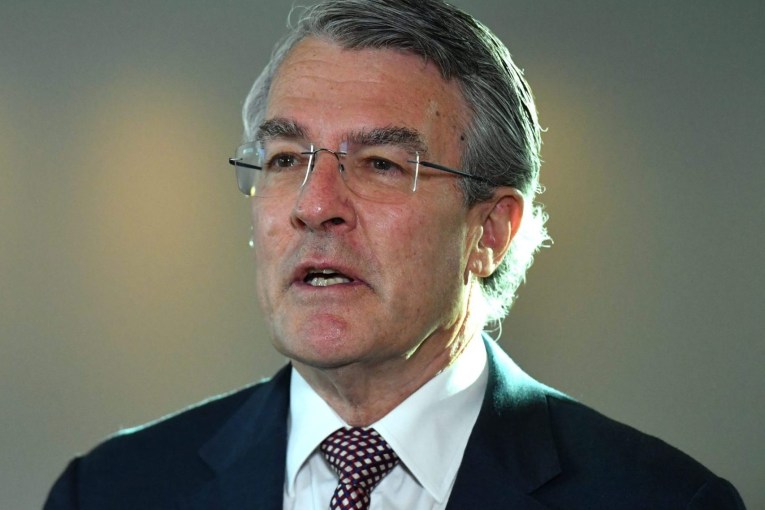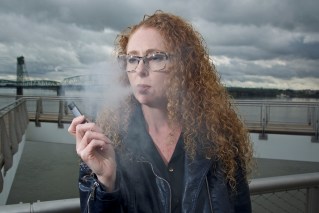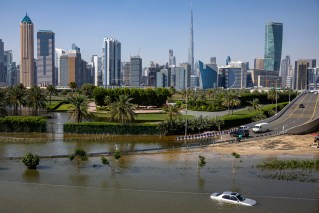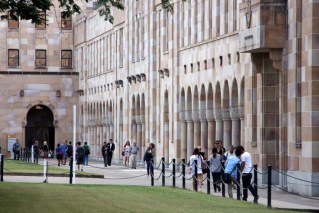Dam levels lowest since 2009 as authorities contemplate water restrictions
South-east Queensland residents are using less water than they were 12 months ago but still face a return to water restrictions if the region’s major dams do not get substantial rain in their catchments soon.

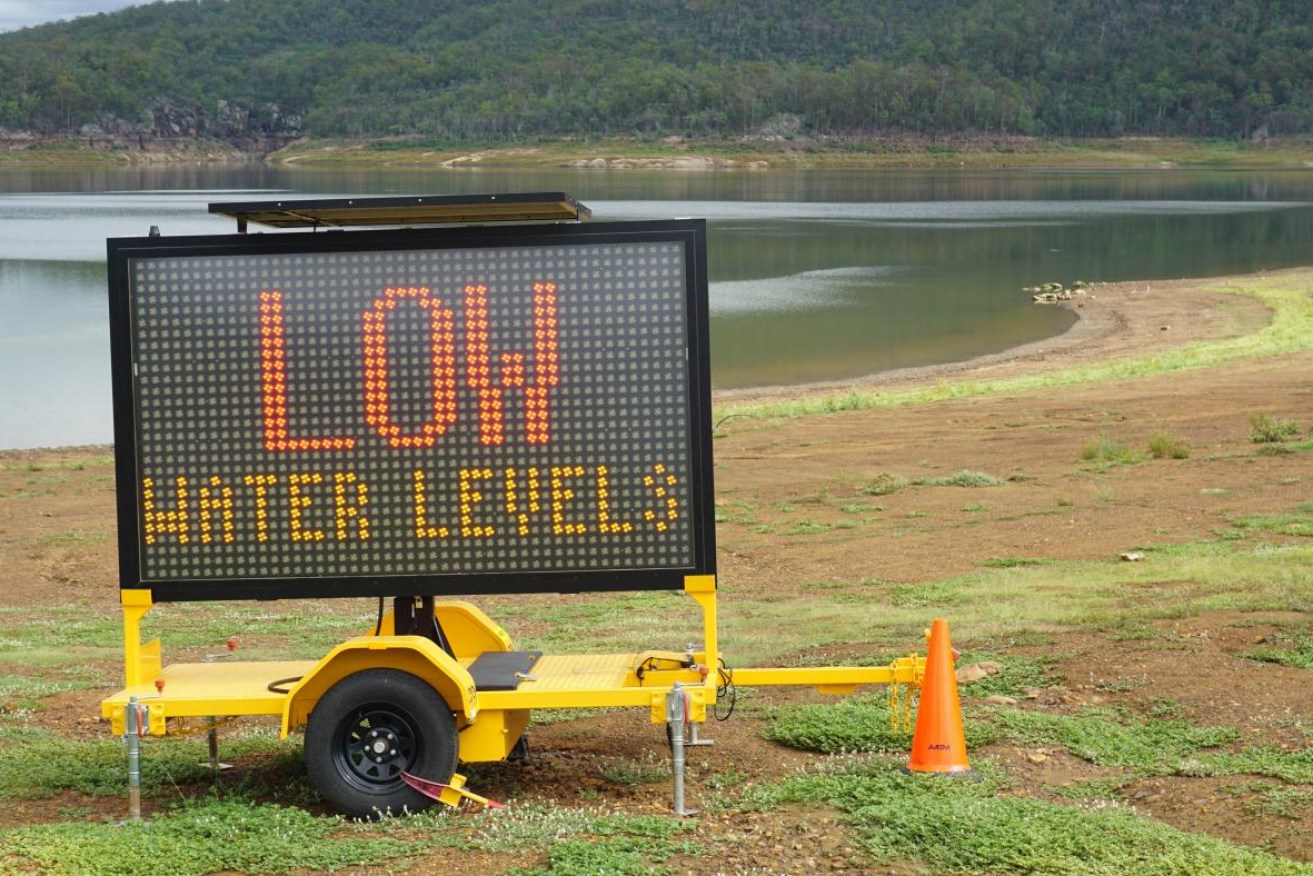
Lake Moogerah's is at 13.3 per cent capacity, meaning a likely ban on holiday boating activities. Photo: Seqwater
Latest figures show that drinking water supply from the region’s water grid is at 56.6 per cent capacity, a drop of 0.3 per cent from where it was the previous week.
South-east Queensland’s biggest drinking water source, the Wivenhoe Dam, is at 36.2 per cent of capacity, its lowest level since 2009, which is ringing alarm bells at the authority that manages it, Seqwater.
Seqwater considers full supply levels at Wivenhoe to be 90 percent capacity, at which point it will start releasing water over the spillway.
But with a failed wet season likely, it is now considering scenarios at the other end of the spectrum, including restrictions on water consumption.
The reason is the lack of rainfall in the catchments of the region’s major dams. By contrast, the water storages closer to the coast like the Hinze and Little Nerang dams are full, the result of getting plenty of rain during what the Bureau of Meteorology has described as a “weak” La Nina season.
But further inland, Seqwater assets are feeling the strain of receiving little inflows to replenish their supplies.
At Lake Moogerah, where capacity is at just over 13 per cent, boating and jet skiing will be banned over the Easter and school holidays unless there is significant rainfall in the catchment.
The lake is not used to supply drinking water but is an important recreational hub.
Chief executive Neil Brennan said the authority closed the last open boat ramp at the lake following a safety assessment.
Paddlecraft and fishing from the shore are still permitted.
Seqwater says the average household is using less water now that it did this time last year but even at 155 litres per person a day that is till too high for the authority’s liking because combined dam leaves have dropped below 60 per cent.
If they reach 50 per cent – possible later this year without significant rainfall – medium level restrictions are likely as Seqwater will need to get consumption below 140 litres per person a day. This would affect activities like outdoor watering.
Seqwater’s actions will be dictated by its “Water for Life” security program which was drawn up in response to the Millennium Drought, when dam levels fell below 20 percent of capacity.
That drought led to billions of dollars of investment in urban water infrastructure including the Tugun desalination plan, a network of pipelines linking Brisbane’s water supply with the Gold and Sunshine Coasts and the Western Corridor Recycle Water Scheme.
An Seqwater spokesperson said that up to 100mm mm of rain would be needed in the catchment to wet the ground enough to generate run-off into Wivenhoe.
“At least an additional 100-130mm of follow up rain would then be needed to take Wivenhoe back towards full capacity,” the spokesperson said.
“Other factors including evaporation and urban demand also impacts water levels.”
